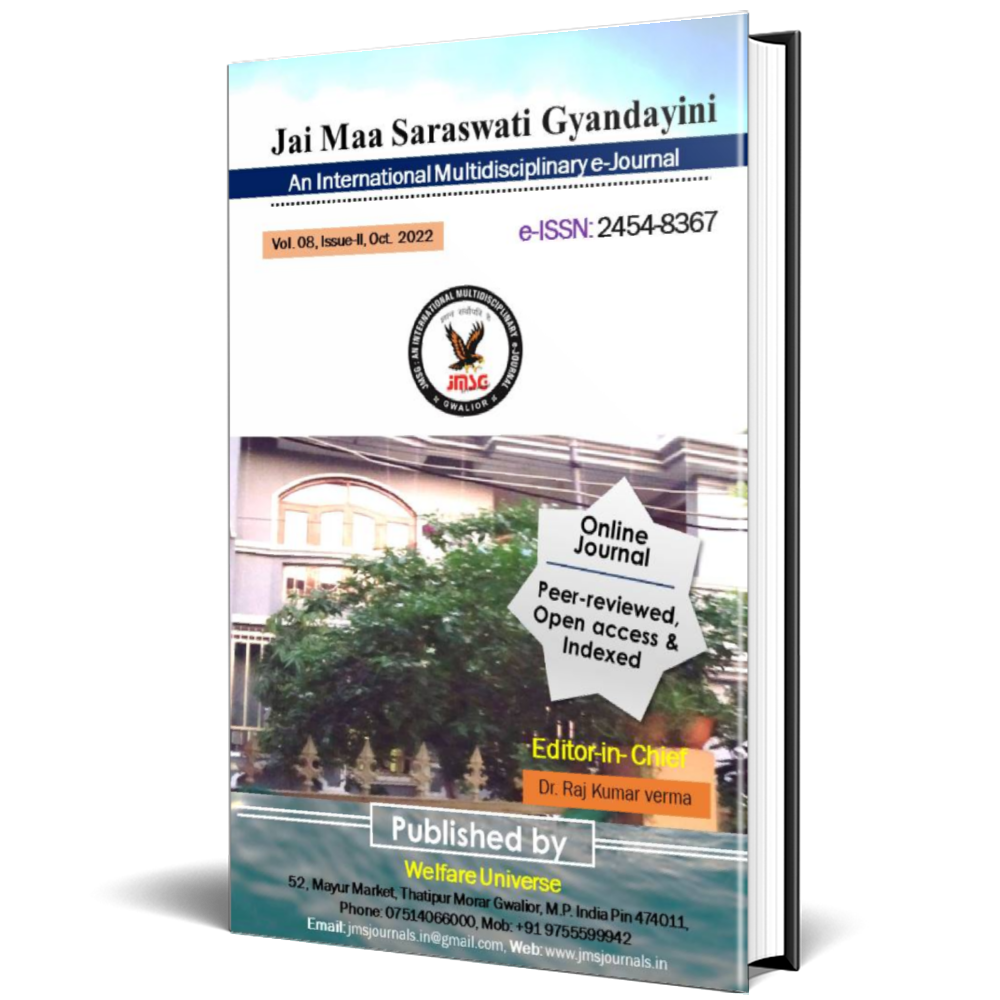A Study On Financial Management In Healthcare Organizations
DOI:
https://doi.org/10.53724/jmsg/v8n2.07Keywords:
Healthcare, Insurance companies, Healthcare Terminology, Financial Implication, Health Insurance impact on societyAbstract
This paper examines health insurance as a source of healthcare finance from a strategic and business model standpoint. It tracks healthcare financing with the help of the health insurance scheme and to look into developments in the healthcare business and the total disease load. We find that the health insurance market is extremely competitive and that concentrating on key success characteristics might provide insurance firms a competitive edge. The business model for health insurance is distinct, comes in a variety of configurations, and mostly entails strategic decisions and their effects. We provide a list of processes that health insurance providers can use to increase their profitability and secure a long-term competitive edge. We advise insurance businesses to create and implement a cutting-edge business strategy focused on reducing the claim ratio while concurrently raising customer willingness to pay.
Metrics
References
R1RCM process of healthcare care sector strategies.
Rao, M. G., & Choudhury, M. (2012). Health care financing reforms in India (Working Paper). National Institute of Public Finance and Policy.
World Health Organization. (2017). World health statistics 2017: Monitoring health for the SDGs, Sustainable Development Goals. Licence: CC BY-NC-SA 3.0 IGO.
Miller, F. A., & Xie, E. (2020). Toward a sustainable health system: A call to action. Healthcare Papers, 19(3), 9–25
Kumar, R., & Rangarajan, K. (2011). Health Insurance in India: Factors affecting synergy among insurers and healthcare providers. Artha Vijnana, LIII(4), 369–390.
Downloads
Published
How to Cite
Issue
Section
ARK
License

This work is licensed under a Creative Commons Attribution-NonCommercial 4.0 International License.













